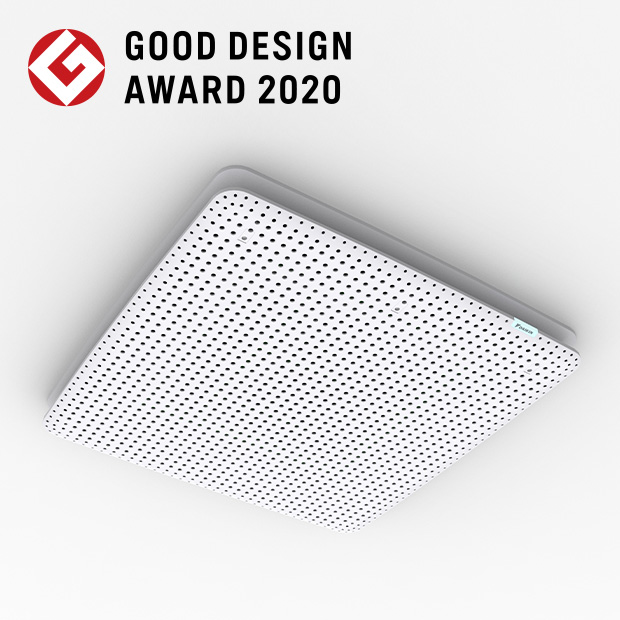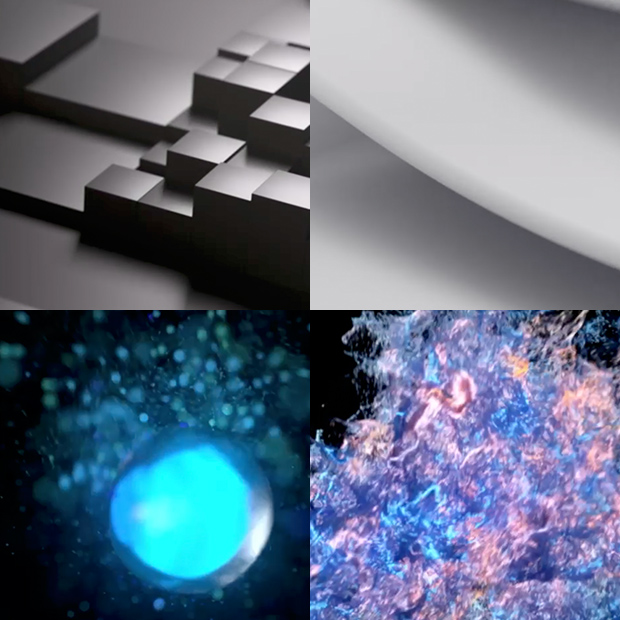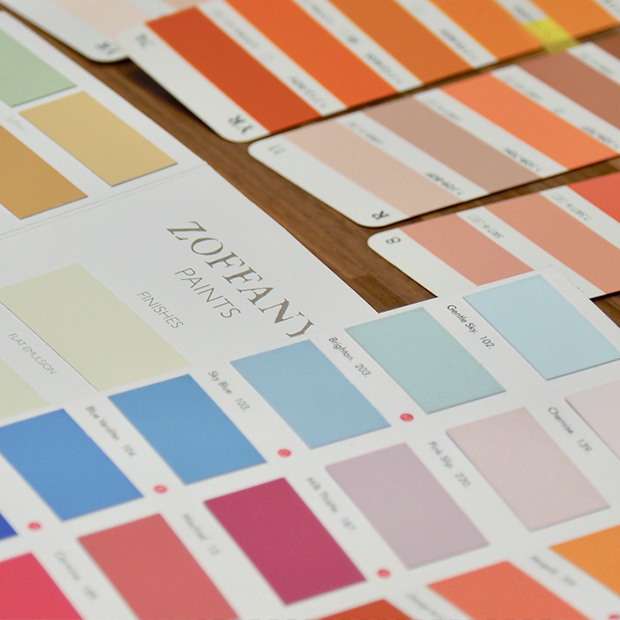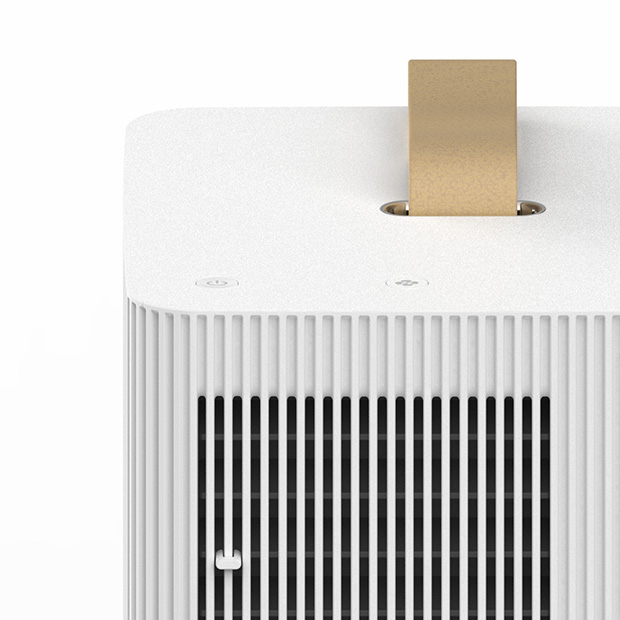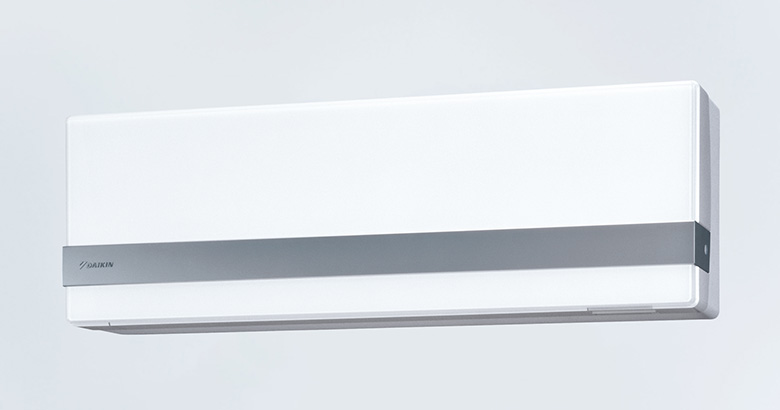
Product design that explains itself
What is design? It's a broad field that is difficult to define. Still, excluding objects that originally exist in nature, it can be said that design encompasses any artifact in the world that someone conceived of and created. So, design could be almost anything.
We recognize what an object is by looking at its design. This means that at the very outset of a design there is always awareness for expressing concept, benefit, and effectiveness. Especially in product design, communicating product appeal and simplicity plays an enormous role.
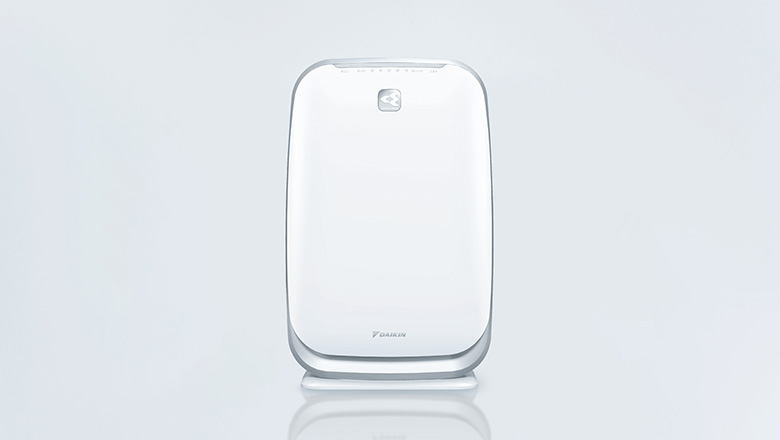
Envisioning design and function from the user's perspective
Every year we see new products with technological innovations and multiple functions, but if a user can't operate a product then these improvements are meaningless. This stands in sharp contrast to the many users looking for effective operation that produces quick results as easily as possible―preferably with one simple touch of a button.
Even when products are loaded with useful functions, simple designs are being emphasized to provide easy operation for users. Conversely, if taken to the extreme, oversimplification can result in making products more difficult to operate since users are unaware of the product functions. Similar issues are seen in the design of air conditioners. Focusing excessively on creating the perfect contour to blend into a certain decor may cause the primary functions of the product to be lost. Obviously, a sense of balance is necessary in designing products.
While ease of use is an extremely important goal to pursue, a designer cannot be solely confined to the tenet of "being simple to use." Rather than leaning too heavily on either design or function, a designer looks for areas where the one complements the other and envisions products from the user's perspective.
Being able to scratch a hard-to-reach itch
This type of ease of use from the user's perspective is called usability. To put it simply, it is the realization of products and functions that are easy for the user to use and are simple to understand.
At the other end of the spectrum, users may feel that a product is "difficult to use" and "hard to understand," and this becomes the source of great frustration and dissatisfaction. Consequently, if you can make a product that is easy to use and simple to understand by making improvements and resolving the issues associated with it, the user thinks, "This is just what I've been waiting for," and you succeed in scratching a hard-to-reach itch.
In Japanese, we often use the expression "to scratch a hard-to-reach itch" to mean being meticulous in pursuit of a difficult challenge.
To understand the little details that appeal to users requires a designer to engage with users and listen to what they have to say. Because their real-life experience in using a product touches areas overlooked by the designer, their comments provide us with new insights into a product or function and often serve as inspiration for a new concept or functionality. At DAIKIN design, too, we utilize user focus groups, and many of the opinions we receive from them are incorporated in our designs.
For example, one comment we often heard was: "Reading the operation manual is a real pain, and I never know where it is when I need it." This inspired us to design air purifiers with a product care guide inside the unit, eliminating the time and hassle of trying to locate the manual. It also made product care easier. The top of air conditioners is hard to clean" was another user comment. That is why we designed the indoor unit so that users could remove the ceiling grill. Likewise, we changed the intake grid, which is on the front of the indoor unit. At the time, it was the main air outlet at the time, and we flattened the shape so that users could clean it with only one wipe of a damp cloth. This flat design is now standard for Daikin air conditioners today.
There are also times when problem solving and design ideas originate from a casual remark by family or friends. In my own experience, I remembered my wife saying, "Tables with sharp corners shouldn't be in rooms where infants and small children play," and this convinced me to design an air purifier with attached air humidifier to be compact and egg-shaped. Air purifiers are often placed in children's rooms, and because the new design had no corners it was difficult for children to run into and hurt themselves. For this reason, it is a product that customers can use with absolute confidence.
Like a present for someone important

"Being able to scratch a hard-to-reach itch" calls for designs that demonstrate close attention to detail in areas that are not readily apparent. However, within these details lie great opportunities for designers. Making subtle improvements in products and diligently building upon them, one-after-another, leads to even higher user satisfaction.
Creating a design that "scratches a hard-to-reach itch" is like giving a present to close friends or family members. When thinking about what to give them, you go back and forth asking yourself, "What would they like? Maybe this would make them happy. How would they use it?" You may even ask them directly, "What do you want?"
This process is equally true of designs. When thinking of a design, you have meetings with users to find out their needs, and you often have to go back and forth to verify just exactly what they want. When you think of users as the important people in your life, you naturally begin moving toward designs that can fulfill the need to be easy to use and simple to understand.






